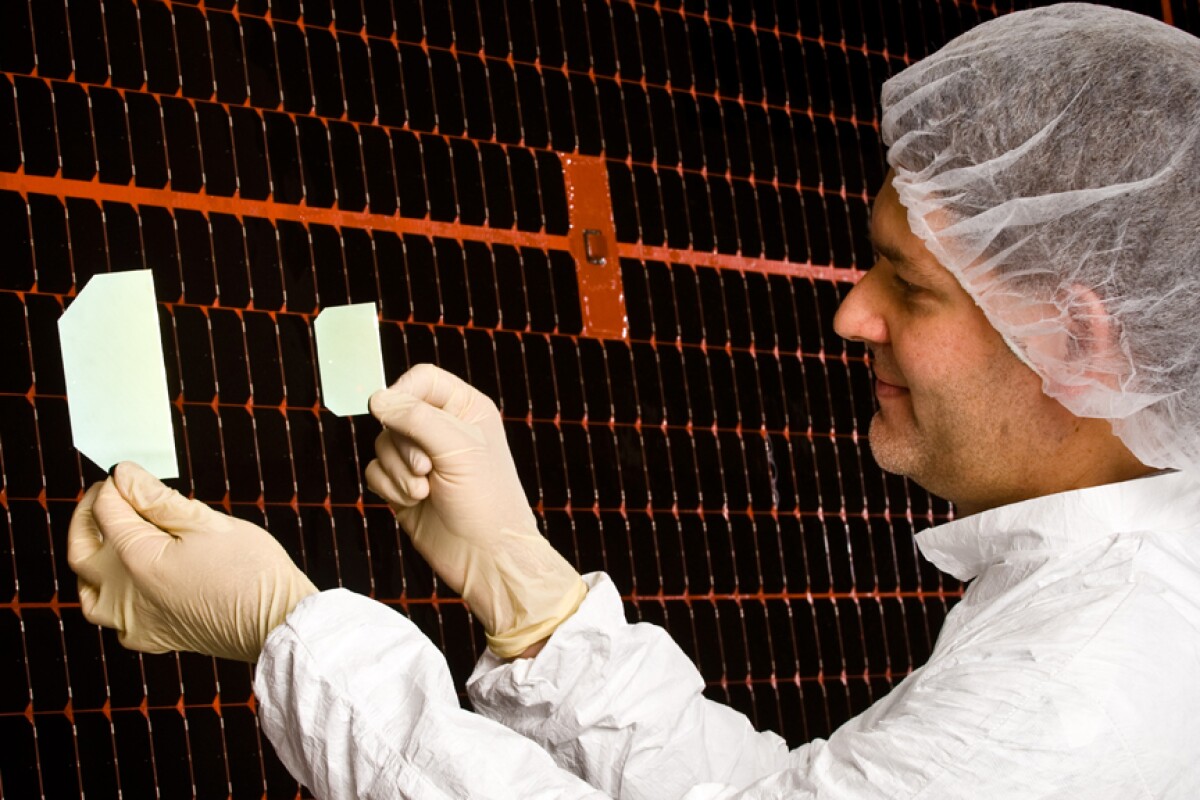When it comes to solar cells, everyone is chasing the highest conversion efficiency. Although we’ve seen conversion efficiencies of over 40 percent achieved with multi-junction solar cells in lab environments, Boeing subsidiary Spectrolab is bringing this kind of efficiency to mass production with the announcement of its C3MJ+ solar cells which boast an average conversion efficiency of 39.2 percent.
As far back as 2006 Spectrolab was achieving conversion efficiencies of over 40 percent in the lab with its high-efficiency multi-junction concentrator solar cells and it reached a peak of 41.6 percent with a test cell last year, setting a new world record. The company’s newest terrestrial concentrator photovoltaic (CPV) cell, called the C3MJ+, uses essentially the same technology as its record breaking test cell and follows on from its C3MJ solar cell in production since mid-2009 which boasts a conversion efficiency of 38.5 percent. The C3MJ+ solar cells
"Given the new cells' close similarity to our existing production cells, we believe that our current C3MJ customers will be able to easily upgrade for more efficiency," said Russ Jones, Spectrolab director of CPV Business Development.
Spectrolab claims the title of the world’s leading supplier of solar cells for satellites with its cells supplying power to around 60 percent of satellites currently in orbit, as well as the International Space Station. Boeing hopes to transfer that success to the terrestrial solar cell market with the new high-efficiency solar cells that are expected to be available from January. And it won’t be resting on its laurels. It expects Spectrolab will achieve a 40 percent average production efficiency for terrestrial solar cells in 2011.






